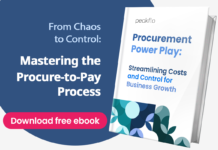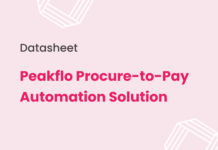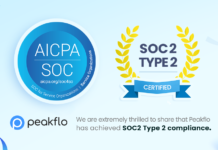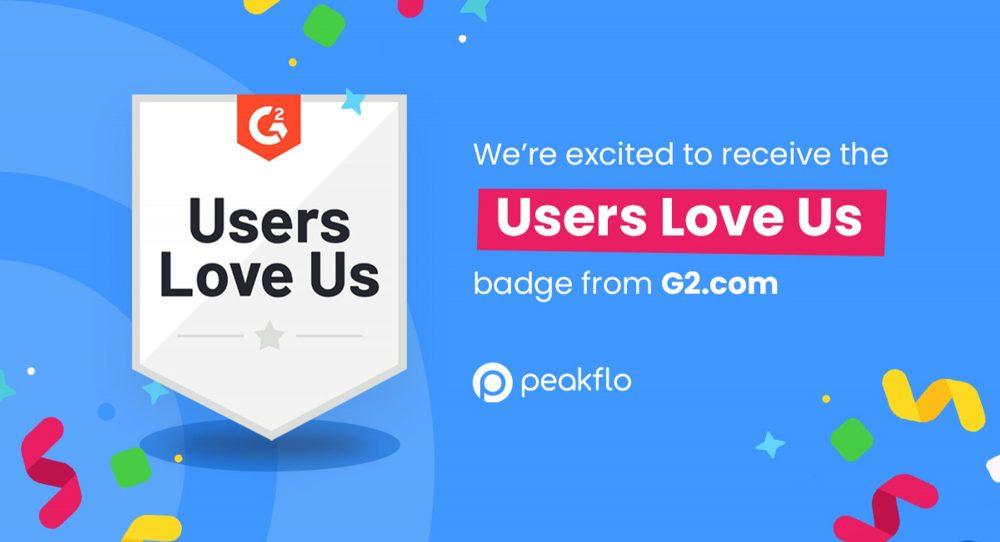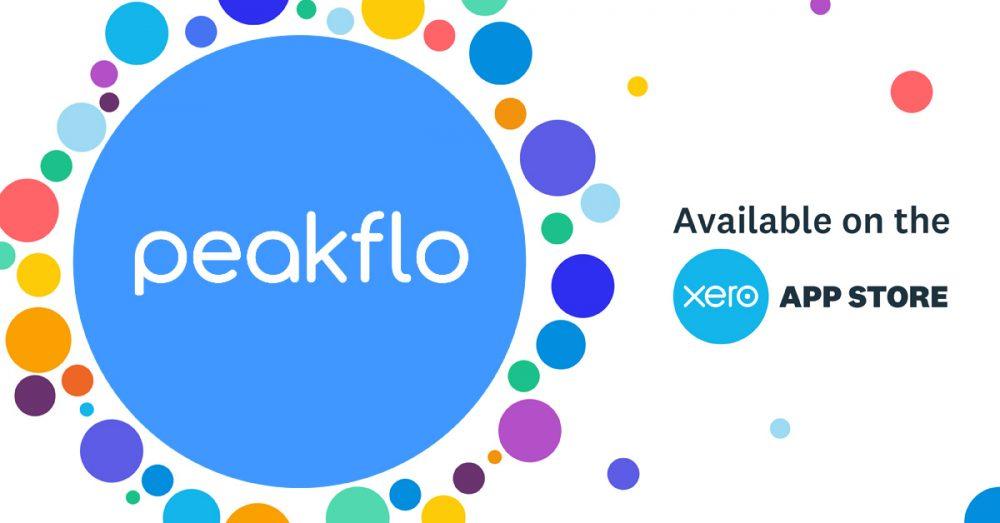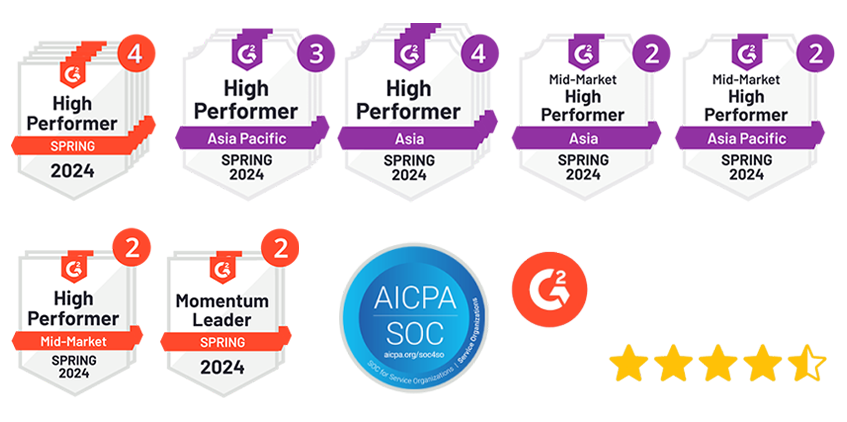AI outbound calling will generate 30% of all outbound marketing messages by 2025, showing a dramatic 98% increase from 2022. Traditional cold calling remains the norm for most businesses. Yet, top-performing sales teams have quietly implemented automated systems that contact thousands of prospects while manual teams reach just a few hundred.
The results speak for themselves. Companies that use automated outbound calling see 30% higher engagement levels and cut customer support costs by 50-85%. Businesses that implement AI for round-the-clock service achieve a 50% increase in customer engagement, and 90% report consistent customer experiences at all touchpoints. AI outbound sales technologies have become a revolutionary force in lead conversion, helping businesses boost conversions by 50% through AI-driven lead nurturing.
The goal extends beyond making more calls. Modern systems create natural, two-way conversations that adapt tone, message, and timing based on customer behavior. Success depends not just on the technology but on its implementation. This piece will reveal the strategies that top sales teams know about AI outbound calling but keep hidden from their competitors.
The Shift from Manual to AI Outbound Sales
Traditional cold calling feels like pushing a heavy rock uphill. You keep dialing numbers and hope someone picks up. Even when they do, you face rejection at every turn. Many organizations stick to these old methods that don’t work anymore, even though sales teams have struggled with them for decades.
Why traditional cold calling is broken
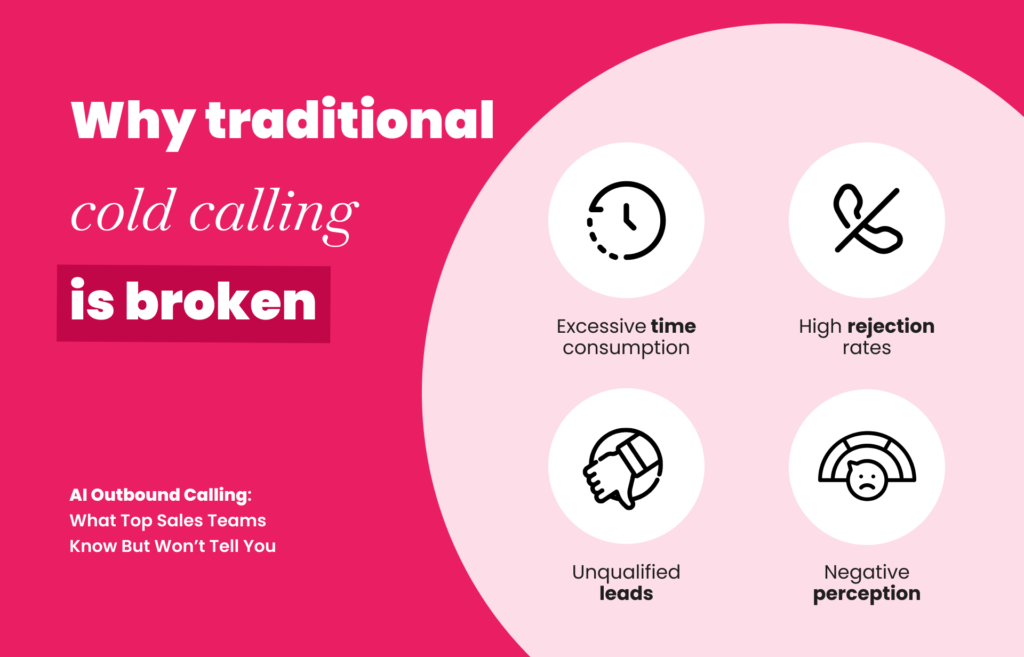
The numbers paint a grim picture. Traditional cold calling works only 2.3% of the time – that’s half of what worked last year. Your team needs to make 100 calls to get just two meaningful conversations. On top of that, it takes three tries to connect with a lead. Sales reps waste hours on repeat tasks instead of building customer relationships.
Cold calling creates these major problems for sales teams:
- Excessive time consumption: Sales professionals use up 40% of their time looking for prospects. They spend only 36% of their day actually selling. Administrative tasks and non-revenue activities eat up the rest.
- High rejection rates: Rejection comes with cold calling. Only 28% of people answer cold calls. Your team faces an endless uphill battle that burns them out.
- Unqualified leads: Sales reps waste precious time on prospects who won’t buy without proper screening. Studies show that only 27% of marketing leads turn into qualified prospects.
- Negative perception: Most prospects think of cold calls as pushy sales tactics. They put up walls before your team can show any value.
Sales teams end up in a soul-crushing cycle of poor results, time wasted, and pressure to hit tough targets.
How AI outbound cold calling changes the game
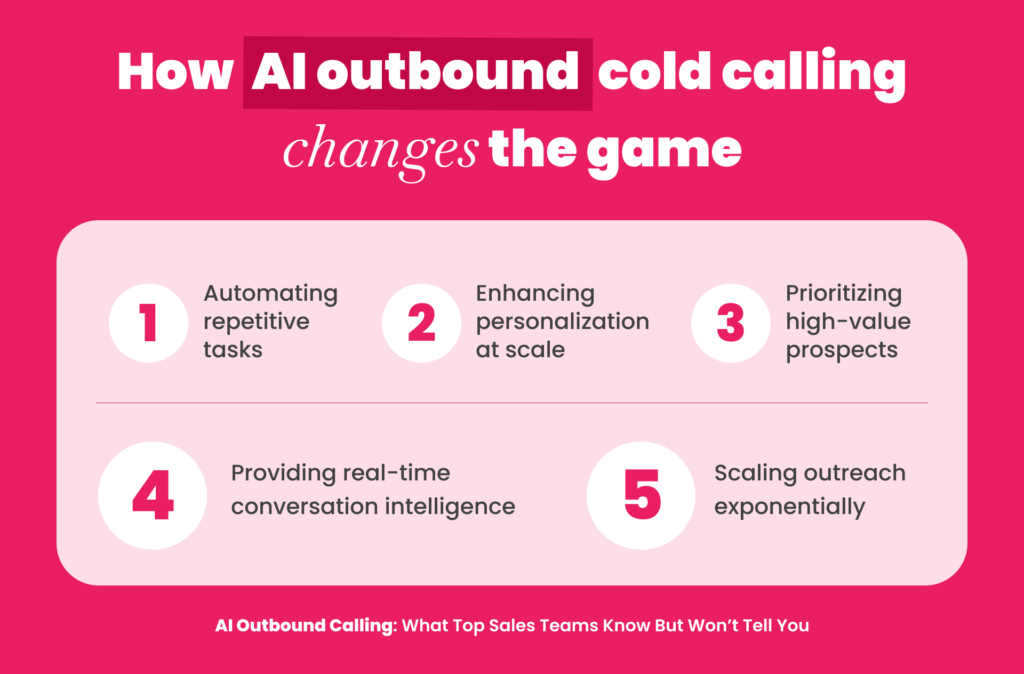
AI outbound calling fixes this broken system. It makes your human sales team better by handling repeat tasks. It also gives evidence-based insights that help close more deals.
Here’s how AI cold calling helps your sales team:
- Automating repetitive tasks: AI handles scheduling, scoring leads, and following up. This lets your sales professionals build relationships. Teams save 5 hours weekly and cut mistakes by 20%.
- Enhancing personalization at scale: AI studies CRM data to create custom call scripts based on how prospects behave, what they want, and their job roles. This personal touch boosts success rates by 30% and speeds up sales by 25%.
- Prioritizing high-value prospects: AI uses predictive analytics and machine learning to spot the best leads. Your team focuses on decision-makers most likely to buy, using up-to-the-minute data analysis instead of guessing.
- Providing real-time conversation intelligence: AI gives instant feedback through sentiment analysis, voice patterns, and key phrases. Sales reps can adjust their approach and grab opportunities they might miss.
- Scaling outreach exponentially: AI systems reach thousands of prospects daily without extra staff. Automated outreach can contact up to 300% more prospects.
AI cold calling keeps human sales reps central to customer conversations. The technology works like a smart assistant that records data, schedules calls, and screens leads. Your team can focus on relationship building and closing deals.
Companies using AI for outbound sales see amazing results. Top teams are 4.9x more likely to use AI for sales calls. They boost revenue by 15% and improve sales ROI by 10-20%.
Moving from manual to AI outbound sales isn’t just about speed – it creates better customer experiences through deeper connections and meaningful talks.
What Top Sales Teams Know About AI Outbound Calling
Sales teams at the top aren’t just using AI outbound calling tools. They’re becoming skilled at subtle strategies that give them a clear advantage over competitors. These organizations know that success comes from optimizing specific aspects of the customer experience, not just implementing technology.
1. They automate the first touch
Smart sales organizations know the original contact with prospects offers a crucial chance that manual approaches often waste. They have moved to AI-powered first touches that deliver consistent results at scale.
The best teams use AI to analyze large datasets and identify high-priority leads while automating follow-up sequences. This automation takes care of email sequences, reminders, and check-ins. It removes these repetitive tasks from sales representatives’ daily work.
The most effective strategy blends AI tools with human sales teams to handle repetitive tasks like lead scoring, call scheduling, and follow-up reminders. Sales professionals get back about 5 hours weekly to build relationships when AI handles these time-consuming activities.
AI auto-dialers excel at handling multiple calls at once, which speeds up the outreach process significantly. Your team can connect with more leads quickly without sacrificing quality. This automated approach will give a consistent message across all touchpoints and create a unified brand experience.
2. They use AI to qualify leads before human contact
Smart sales teams know human time shouldn’t be wasted on unqualified prospects. They use AI as a first-line qualification system to make sure only promising leads reach their human representatives.
AI qualification helps you spot worthy prospects before any human interaction. These advanced systems analyze customer data to create scores based on set criteria and find the most promising chances. AI tools shine at gathering and refining data to find prospects that match your ideal customer profile perfectly.
Ahmad Nahle, head of sales and marketing at Rugged Books Inc., used an AI sales assistant to pre-qualify leads before scheduling rep conversations. “Previously, our sales reps spent too much time on early qualification calls, often with prospects who weren’t the right fit for our specialized products,” explains Ahmad. “Our sales team now spends 40% more time with qualified prospects who are actually ready to buy”.
AI qualification goes beyond simple filtering. Modern systems can:
- Score leads based on your ideal buyer profile, engagement levels, firmographics, and buying signals
- Route high-value leads to human SDRs naturally while eliminating unqualified leads early
- Ask relevant questions to gauge the prospect’s interests and priorities, helping sales teams focus on the best opportunities.
3. They personalize every call using CRM data
Top sales teams know personalization drives conversion. They deliver custom experiences through AI by using their CRM data smartly.
AI-powered outbound calling systems analyze large amounts of customer data to create personalized content during calls. These systems blend with CRM platforms or other automation tools in your sales tech stack for easy data transfer. They can pull customer data when needed, which allows for more personal conversations that strike a chord with prospects.
AI helps businesses scale personalization and improve conversion rates. It analyzes data like prospect behavior, priorities, and job roles to generate custom emails, social media messages, or call scripts for each person. Starting with automated personalization might seem odd, but this approach delivers authenticity at scale.
Research shows 76% of customers consider personalized communications crucial when buying from a brand. Leading sales teams use this insight. They use AI to craft messages that strike a chord with customers by analyzing past interactions to match each call’s message with the prospect.
Through AI-powered CRM integration, sales representatives get summaries of previous AI conversations. This ensures smooth transitions when human interaction becomes necessary. This continuous intelligence loop creates more effective outreach over time.
Secrets Behind High-Performing AI Outbound Campaigns
The best AI outbound calling campaigns use sophisticated strategies that set industry leaders apart from average performers. These tactics might not be obvious at first glance, but they make a real difference to campaign success and ROI.
Using predictive analytics to time calls
The success rate of outbound calls depends heavily on their timing. The best sales teams utilize AI-powered predictive analytics to pick the perfect moment to contact prospects. These systems look at customer interactions and give an explanation that helps create better strategies and improve performance.
Predictive analytics changes contact strategies by:
- Finding the best times to call each prospect
- Rating leads based on intent, behavior, and demographics
- Knowing when to switch to a human agent
- Adjusting call pacing based on results
Companies that use AI-driven analytics see better contact rates with these smart timing strategies. The sales teams can make better decisions about what to do next instead of just guessing.
AI creates forecast reports by analyzing past customer behavior and interaction data that boost agent productivity and sales. This approach helps teams spot potential issues early rather than fixing problems after they happen.
Training AI with real sales scripts
AI voice agents perform best with well-laid-out playbooks that include detailed scripts and natural conversation flows. These scripts need:
- Clear goals for each conversation
- A reliable way to handle objections
- Smart ways to deal with gatekeepers and IVR systems
Modern AI solutions let agents respond naturally while following the script. Companies now use AI-powered role-play systems to perfect these scripts before using them.
These training platforms are a great way to get practice with life-like AI partners in any conversation scenario. Second Nature reports this method has reduced onboarding time and helped teams learn faster. Sales teams now achieve in a week what used to take 3-9 months of practice with AI.
A/B testing call flows and responses
Testing different approaches is the lifeblood of successful AI outbound campaigns. The top sales organizations use thorough A/B testing to improve their methods. Their testing includes:
- Different call times, scripts, and audience groups
- Multiple variables to find the best combinations
- Analytics to improve engagement strategies
Research shows companies using A/B testing for email subject lines got 22% more opens with customized approaches. Message content and tone matter too – relaxed, conversational emails get 25% more responses.
AI analytics tools track important metrics like pickup rates, conversions, funnel performance, call handling time, and successful contacts. The most successful teams know that AI outbound calling needs constant improvement through testing and fine-tuning.
Start small by improving one campaign before expanding. Connect your AI calling platform with CRM and workforce systems to get better insights. Listen to actual call recordings regularly to see how your AI agent talks to prospects and what needs improvement.
Avoiding Common Pitfalls in Automated Outbound Calling
Even the best AI outbound calling systems can fail when teams miss key details during setup. These tools have amazing potential, but some mistakes can destroy your strategy if you don’t handle them right. Let’s get into the most common mistakes and their solutions.
1. Over-automation without human fallback
Companies rush to automate everything and often forget about the human element. Sales teams need to strike a balance between technology and genuine human connection in today’s automated world.
Too much automation in personalized marketing makes customers worried about their data tracking and ends up breaking their trust. Companies that set up automated systems without proper human backup leave their customers frustrated. These customers have to navigate complex website mazes just to talk to a real person.
AI should boost human abilities, not take their place. The best teams see automation as a helper tool. They use AI for routine tasks but make sure humans step in at significant moments. This mixed approach lets your team:
- Deal with complex objections that AI can’t handle
- Take control during key negotiations
- Show empathy when customers feel frustrated
A sales director put it well: “No matter how advanced our technologies become, humans will always need compassion, empathy, and relationships”.
2. Ignoring compliance and opt-in rules
Not following regulatory requirements is a huge risk in automated outbound calling. The Federal Communications Commission (FCC) has made clear rulings about AI-generated voices in calls. They’ve decided that AI-generated speech must follow the Telephone Consumer Protection Act’s rules.
Starting January 27, 2025, the FCC requires written, single-seller consent for outbound AI calls. Your AI system must:
- Get clear, documented consent before adding people to calling campaigns
- Tell callers about AI use in all calls
- Give clear ways to opt out during calls
- Check numbers against the National Do Not Call Registry
- Keep track of and respect all opt-out requests
Breaking these rules can get pricey with big fines, lawsuits, and damage to your reputation. Many businesses still run without proper compliance measures and risk their entire operation.
3. Using generic, robotic scripts
The biggest mistake in AI outbound calling happens when teams use generic, robotic-sounding scripts. These scripts instantly tell prospects they’re talking to a machine. Cold calling success rates sit at just 2.3%, and robotic scripts make these numbers even worse.
Formal intros like “Hello. This is an AI assistant. Are you interested in our services?” push prospects away instantly. The better approach starts conversations naturally by mentioning context and getting straight to the point.
Rigid scripts create barriers instead of opportunities. Qualtrics found that while 78% of call center managers push for strict script following, only 38% of these scripted calls hit their goals.
The answer lies in flexible conversation frameworks instead of exact scripts. Data shows that successful remote sales reps who adjust their approach are 1.3 times more likely to use collaborative language and customize their interactions.
Avoiding these common mistakes will set your AI outbound calling strategy up for success and protect your business from expensive errors and missed chances.
How to Build Your AI Outbound Strategy Like a Pro
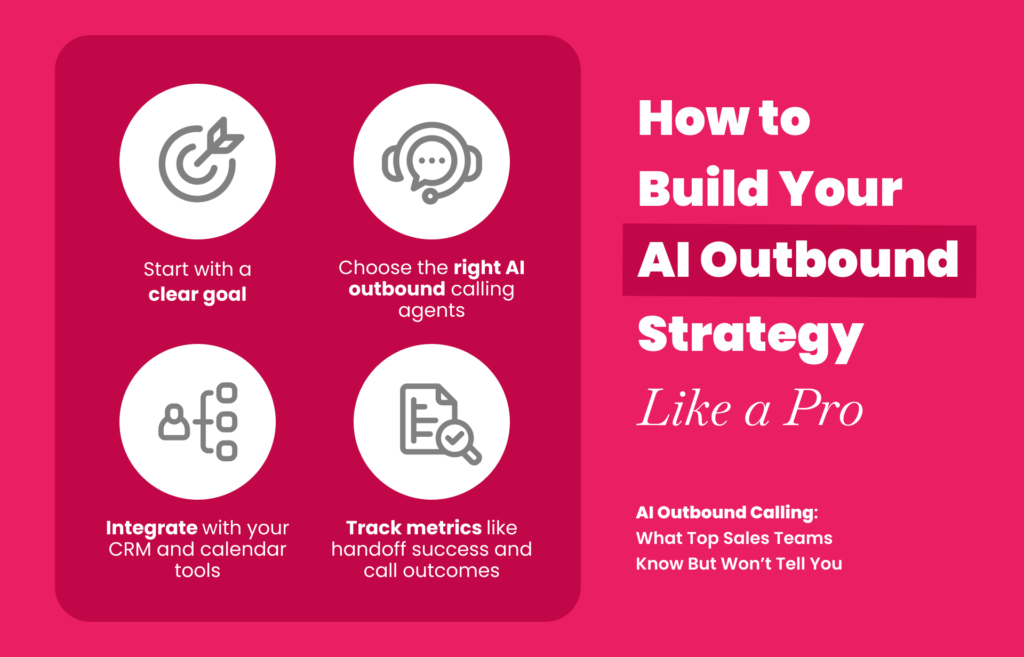
Building an AI outbound calling strategy needs careful planning. You can’t just throw technology at problems. Success comes from smart decisions that line up technology with business goals.
1. Start with a clear goal (e.g., demo bookings)
Your AI outbound campaigns need specific, measurable objectives. The simple rule states that each call must have a defined goal—booking meetings, confirming events, or qualifying leads. Design your conversations starting with the desired outcome rather than following a script. Even the most natural-sounding AI will lose customer attention without clear objectives.
A vague goal like “better calls” doesn’t cut it. Your targets should be concrete, such as “increase qualified lead conversion by 25%“. This precision creates a foundation that helps you succeed. Strong outbound AI calling relies on precise objectives, not just technology.
2. Choose the right AI outbound calling agents
The right AI calling solution should combine smoothly with your existing CRM system. The system needs a resilient LLM that responds accurately and quickly.
The solution should give you:
- Natural-sounding AI voices that build trust
- Ways to connect with your existing tools
- Conversation flows you can customize for different scenarios
- Compliance features that protect your brand
3. Integrate with your CRM and calendar tools
The next step connects your AI outbound system with business tools. Post-call workflows trigger follow-ups based on conversation results. A confirmation SMS, reminder email, or message maintains momentum without being pushy.
Good connections let AI agents schedule appointments during calls. Calendar syncing makes the booking process quick and smooth. CRM system connections help log call outcomes and update lead records automatically.
4. Track metrics like handoff success and call outcomes
Success depends on constant measurement. These critical KPIs matter most:
- Connection rate: Percentage of call attempts that reach a person
- Right-party contact rate: Calls that reach the intended decision-maker
- Conversion rate: Calls that achieve desired outcomes
- Handoff success: Smooth transitions when passing to humans
The best insights come from structured call metadata beyond basic outcomes. You should track customer interest, confusion, and participation during calls. Tagging conversations with meaningful outcomes helps segment audiences better and measure success clearly.
The Future of AI Outbound Sales: What’s Next?
AI outbound sales technology continues to grow faster, bringing innovations that will change how businesses connect with customers. Sales teams have started learning about next-generation capabilities while mastering current systems.
1. Emotionally intelligent AI agents
AI outbound calling’s next breakthrough will feature agents that understand and adapt to emotional signals. These advanced systems will detect a prospect’s voice patterns showing frustration, interest, or hesitation and adjust their approach naturally. AI agents will soon change their tone, pace, and messaging based on immediate sentiment analysis to create conversations that truly adapt.
2. Multilingual and cross-channel outreach
Future AI outbound systems will move naturally between languages and communication channels. Advanced platforms will start with voice calls, then switch to text, email, or social media based on what prospects prefer. This multi-channel strategy lets conversations flow across different touchpoints without losing context or asking customers to repeat themselves.
3. AI-human hybrid sales teams
The future will substantially depend on cooperative work between AI and human sales professionals. AI systems will take care of routine outreach and qualification, while humans will build relationships and handle complex negotiations. These hybrid teams will create specialized processes where each member focuses on their strengths – AI manages scale and consistency, while humans provide creativity and emotional intelligence.
These advances will revolutionize AI outbound calling from a simple efficiency tool to a truly intelligent system. The result will be sales ecosystems that blend technology’s power with uniquely human abilities.
Peakflo AI Voice Agent: Redefining Outbound Sales Conversations
The Peakflo AI Voice Agent is built to help sales teams do more with less effort. Unlike traditional cold calling that burns hours with low returns, Peakflo’s AI handles the repetitive tasks—auto-dialing, lead qualification, scheduling, and follow-ups—while keeping conversations natural and personalized. Powered by CRM integration and predictive analytics, the AI Voice Agent ensures every interaction is timely, relevant, and aligned with the prospect’s profile.
What sets it apart is its ability to scale outreach exponentially without losing the human touch. It adapts tone and messaging in real time, making conversations sound authentic rather than robotic. Sales teams save hours each week, focus only on high-value prospects, and ultimately close deals faster. With compliance safeguards and customizable workflows, Peakflo ensures your outbound strategy is not only effective but also future-ready.
Ready to see how AI can transform your outbound sales? Book a call with Peakflo experts today and unlock the power of smarter, scalable conversations.
Conclusion
AI outbound calling has created a fundamental change in how sales teams connect with prospects. Top-performing organizations quietly use this technology to outpace competitors while building authentic customer relationships.
Traditional cold calling’s dismal 2.3% success rate and time constraints prove its ineffectiveness. AI-powered systems change this broken model. These systems handle repetitive tasks, deliver personalization at scale, and identify valuable prospects through evidence-based insights.
Successful sales teams know that implementation makes all the difference. They let AI handle initial contacts and qualify leads before human involvement. Every interaction becomes personal with CRM data. Their sophisticated approach includes predictive analytics to time calls perfectly. They train AI using real sales scripts and improve their strategy through A/B testing.
AI outbound calling isn’t another sales tool—it’s a competitive edge that sets market leaders apart. Companies that welcome this technology today will build stronger customer relationships and improve their efficiency and results.
FAQs
Q1. How can AI be effectively used for outbound sales calls?
AI can automate repetitive tasks like call scheduling and lead scoring, analyze CRM data for personalized scripts, prioritize high-value prospects through predictive analytics, and provide real-time conversation intelligence to sales reps. This allows human sales teams to focus on relationship-building while AI handles routine outreach and qualification.
Q2. What are the key benefits of using AI for outbound calling?
AI outbound calling can significantly increase efficiency by reaching more prospects, improving personalization at scale, enhancing lead qualification, and providing data-driven insights for better decision-making. Companies using AI for outbound sales report higher engagement levels, increased conversions, and reduced customer support costs.
Q3. How do top sales teams integrate AI into their outbound strategies?
Leading sales organizations use AI to automate first touches, qualify leads before human contact, and personalize every call using CRM data. They also employ predictive analytics for optimal call timing, train AI with real sales scripts, and continuously refine their approach through A/B testing of call flows and responses.
Q4. What common pitfalls should be avoided when implementing AI outbound calling?
Key pitfalls to avoid include over-automating without human fallback, ignoring compliance and opt-in rules, and using generic, robotic-sounding scripts. It’s crucial to maintain a balance between AI efficiency and human touch, ensure regulatory compliance, and create natural-sounding conversation frameworks.
Q5. What does the future hold for AI in outbound sales?
The future of AI in outbound sales is likely to include emotionally intelligent AI agents that can recognize and respond to emotional cues, multilingual and cross-channel outreach capabilities, and sophisticated AI-human hybrid sales teams. These advancements will further enhance personalization and efficiency in sales processes.










![Why AI Sales Calls Are Making Good Sales Reps Even Better [2025 Guide] ai sales calls](https://blog.peakflo.co/wp-content/uploads/2025/09/65168cf6-3001-4733-8cbc-12d5684cf449-218x150.webp)








